Innovators are turning once discarded seafood waste into profitable products
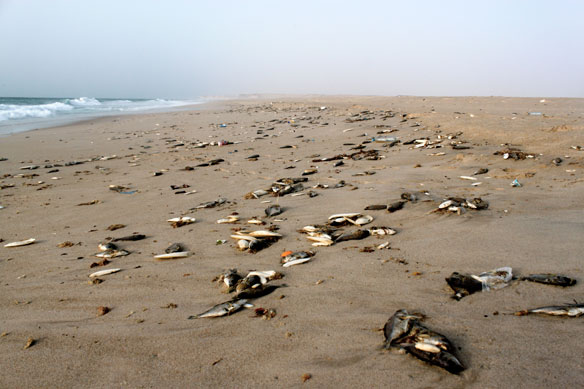
US fishermen throw out an estimated 2bn pounds in bycatch alone – an amount worth about $1bn. Seafood processors commonly dispose fish guts, heads, tails, fins, skin and crab shells in marine waters. Once there, the decomposing organic matter can suck up available oxygen for living species nearby, bury other organisms or introduce disease and non-native species to the local ecosystem.
Sea Lions Exposed To Toxic Algae At Risk Of Brain Damage and Memory Loss
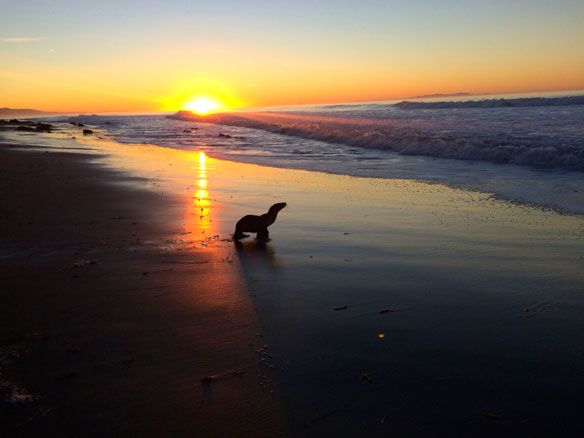
A toxin in algae may be erasing the memory of sea lions, which wash ashore by the hundreds each year off the coast of California, disoriented and suffering seizures, scientists said .
Leatherback sea turtles choose nest sites carefully, study finds
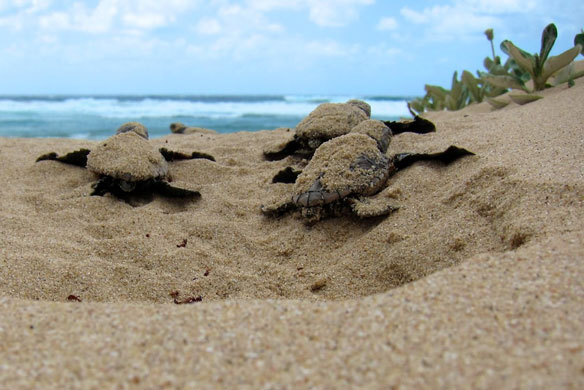
After hatching and dispersing across the world’s oceans, the female leatherbacks return to their natal beaches to lay clutches of eggs in the sand. A new study offers fresh insights into their nesting choices. However, human encroachment on leatherback nesting beaches, in the form of beachfront construction and sand mining, is a major threat to the animals’ continuation as a species.
Stealing Turtle Eggs Got People Shot, But The Thievery Continues
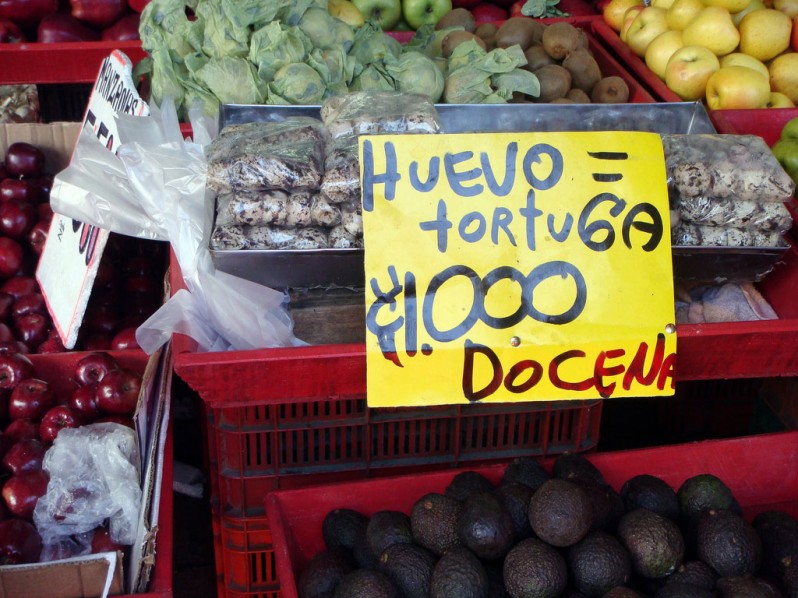
Olive ridley sea turtles are a threatened species, and the Mexican government has made it illegal to harvest their eggs from Pacific beaches. Mexican marines patrol those beaches, and violators have been prosecuted. Yet sea turtle eggs continue to be harvested, sold in the market.
Ciguatera fish poisoning predicted to increase with rising ocean temperatures

A new NOAA study forecasts an increase in ciguatera fish poisoning in the Gulf of Mexico and the U.S. Southeast Atlantic coast with predicted rising global ocean temperatures due to climate change.
Sea grass a potential solution in climate fight
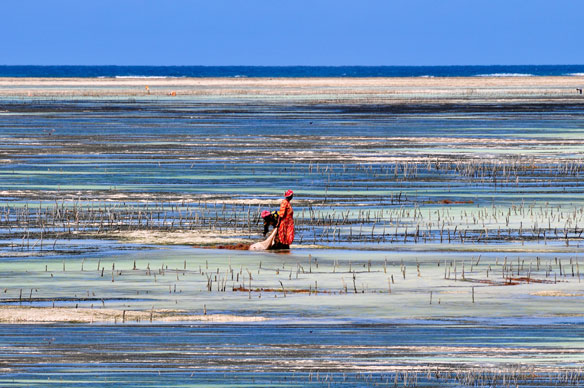
While mangrove and salt bushes can play key roles in protecting fragile coastlines from wave damage and promote biodiversity, it’s the humble sea grass that provides the largest potential to store more carbon from the atmosphere.
The Green Legacy of Saint Vincent and the Grenadines
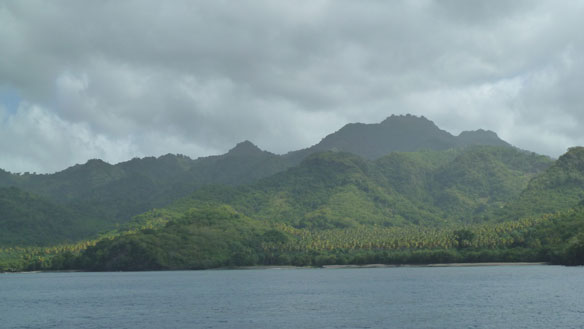
King’s Hill Enclosure Ordinance, a piece of legislation passed in 1791 on the Caribbean island of Saint Vincent, was based on the novel concept that deforestation might cause a decline in rainfall. As extraordinary as this was, it is even more remarkable that it still remains a well-kept secret today…
Supreme Court Ruling Freezes Plans For Captain Sam’s Spit, SC
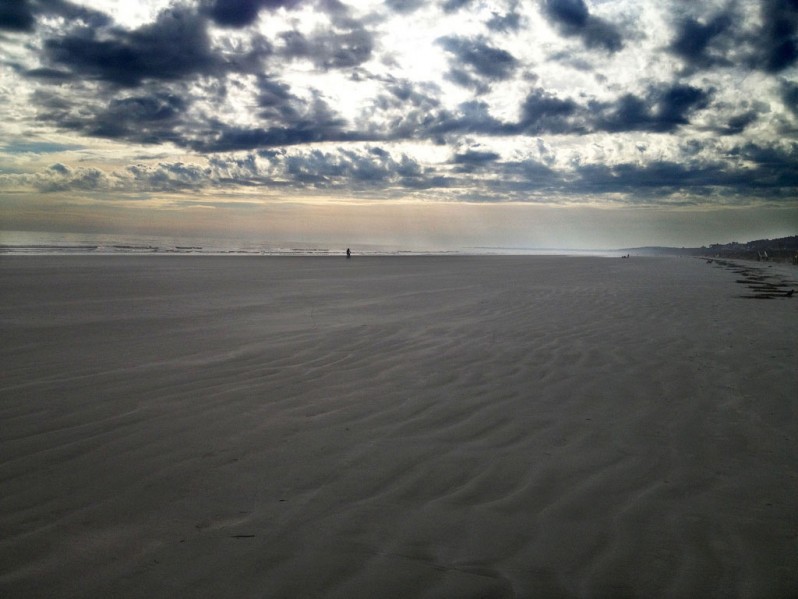
The state Supreme Court has ruled in favor of environmentalists who oppose a developer’s plan for residential construction on Captain Sam’s Spit.
Rapid plankton growth in ocean seen as sign of carbon dioxide loading
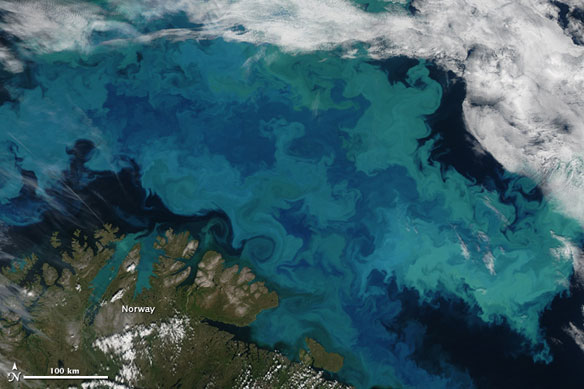
A microscopic marine alga is thriving in the North Atlantic to an extent that defies scientific predictions, suggesting swift environmental change as a result of increased carbon dioxide in the ocean, according to a recent study.
